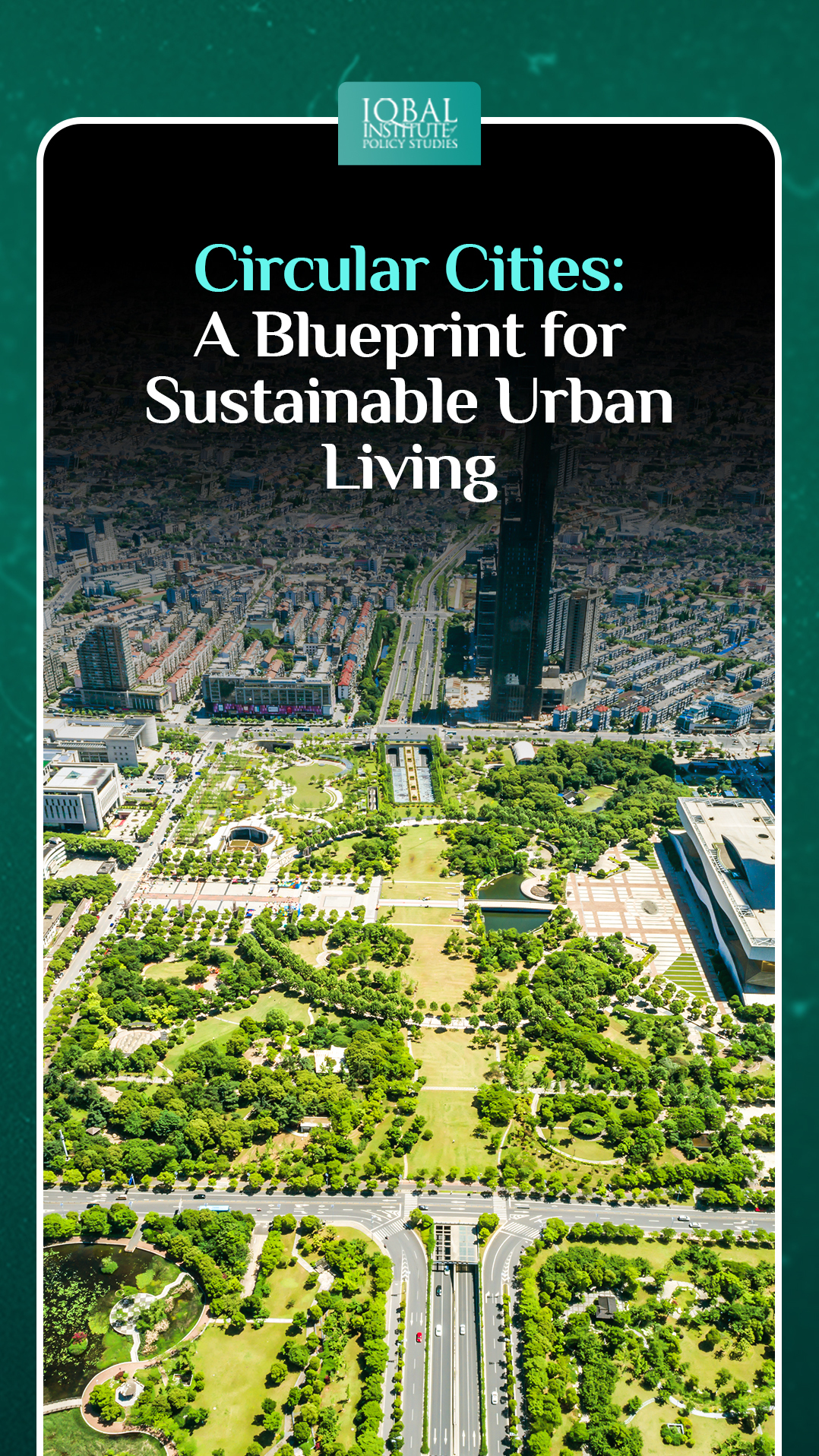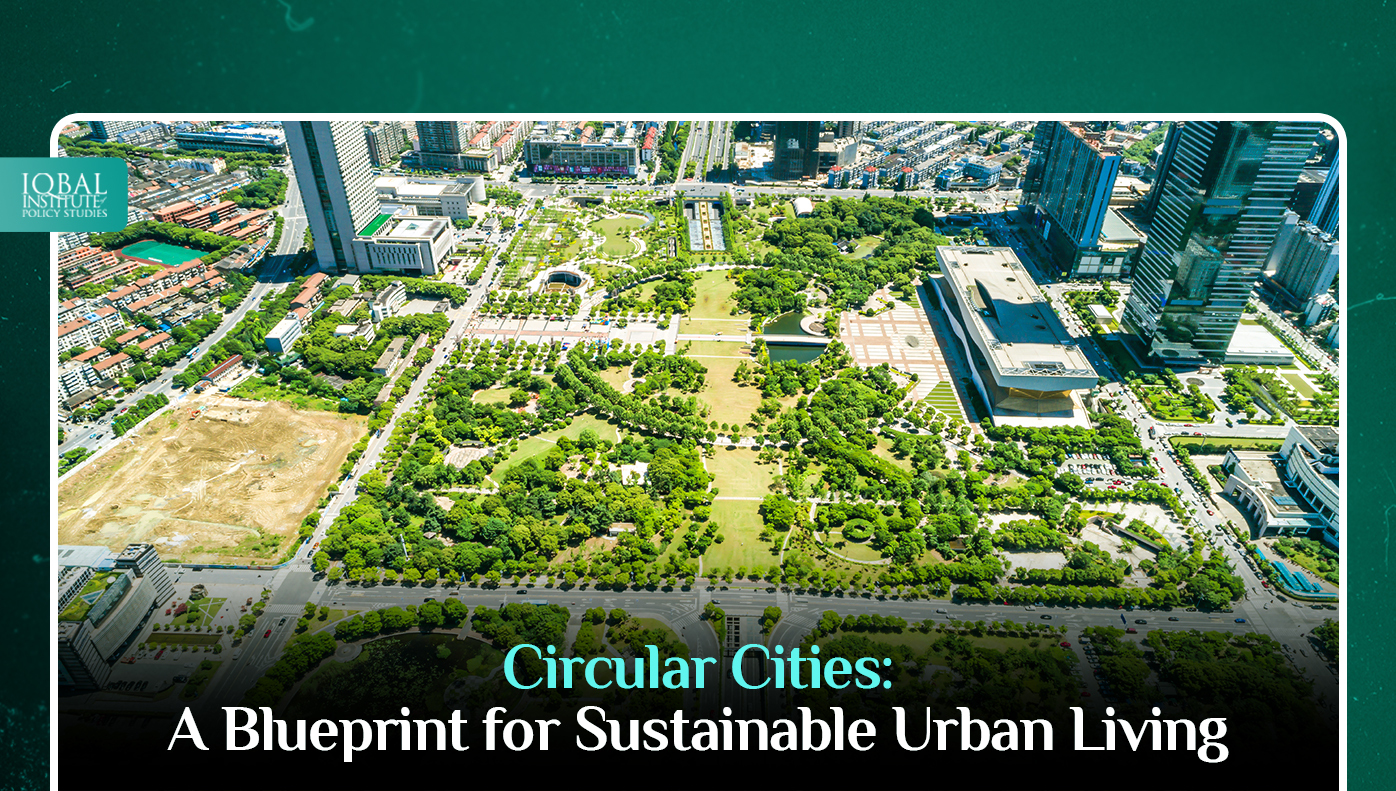In an era marked by rapid urbanization and the escalating challenges of climate change, the concept of circular cities has emerged as a revolutionary blueprint for sustainable urban living. Traditional linear models of resource consumption and waste disposal are proving unsustainable, necessitating a shift towards more regenerative and circular approaches. This blog explores the key principles, benefits, and challenges of circular cities, shedding light on their potential to reshape the future of urban living.
Understanding Circular Cities
Circular cities, inspired by the circular economy framework, aim to minimize waste and maximize resource efficiency by closing the loop on material flows. Unlike the linear take-make-dispose model, a circular city prioritizes strategies such as recycling, reusing, and regenerating resources to create a closed-loop system. This holistic approach addresses not only environmental concerns but also social and economic aspects of urban living.
Key Principles
Resource Efficiency
Circular cities focus on optimizing resource use to reduce waste generation. This involves designing products and infrastructure with longevity and recyclability in mind.
Waste Reduction
The concept of waste is redefined in circular cities, emphasizing the idea that one entity’s waste can be another’s resource. This is achieved through robust recycling programs and waste-to-energy initiatives.
Renewable Energy
Transitioning to renewable energy sources is a cornerstone of circular urban planning. Solar, wind, and other sustainable energy forms play a pivotal role in powering cities without depleting finite resources.
Green Infrastructure
Circular cities incorporate green spaces and sustainable urban planning, creating a balance between built environments and natural ecosystems. This helps improve air quality, reduce the urban heat island effect, and enhance overall well-being.
Collaborative Consumption
Circular cities encourage sharing and collaborative consumption, reducing the demand for new products and promoting the extension of product lifecycles through sharing platforms.
Benefits of Circular Cities
Environmental Preservation
Circular cities contribute to environmental conservation by minimizing resource extraction, reducing pollution, and protecting ecosystems.
Economic Resilience
The circular economy model fosters economic resilience by creating new business opportunities in areas such as recycling, remanufacturing, and sustainable technology.
Social Equity
Circular cities prioritize inclusivity and social equity by ensuring that the benefits of sustainable practices are distributed equitably among diverse communities.
Job Creation
The transition to circular economies generates employment opportunities in green industries, contributing to a more robust and diversified job market.
Challenges and Considerations
Transition Costs
Shifting to circular models may involve initial investment and transitional costs. However, the long-term benefits often outweigh these challenges.
Behavioral Change
Successfully implementing circular city concepts requires a shift in consumer behavior and public mindset, necessitating comprehensive educational programs.
Infrastructure Overhaul
Adapting existing urban infrastructure to circular principles may pose logistical and financial challenges. However, this presents an opportunity for innovative urban planning and design.
Conclusion
Circular cities represent a beacon of hope for a sustainable and resilient urban future. By embracing the principles of the circular economy, cities can foster environmental stewardship, economic prosperity, and social well-being. While challenges exist, the transformative potential of circular cities makes them a compelling blueprint for urban planners, policymakers, and communities seeking a path toward a more sustainable and regenerative future. It is through collective action, innovation, and a commitment to change that we can build cities that thrive in harmony with the planet.
This article is written by Radma Nouman. Radma is a research analyst at the Iqbal Institute of Policy Studies (IIPS).



Leave a Reply